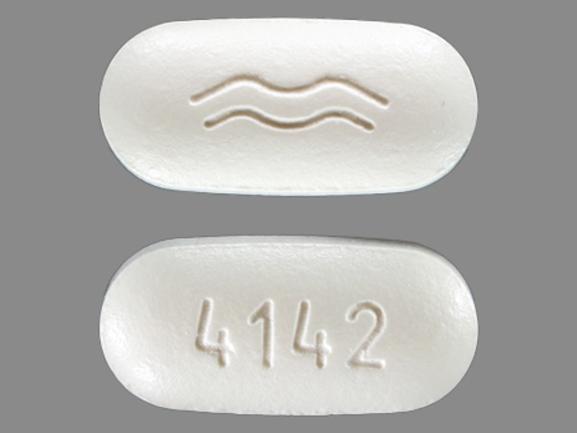Dronedarone Disease Interactions
There are 2 disease interactions with dronedarone.
Dronedarone (applies to dronedarone) cardiovascular dysfunction
Major Potential Hazard, Moderate plausibility. Applicable conditions: Congestive Heart Failure, Heart Block, Long QT Syndrome
Dronedarone has shown to double the risk of death in patients with symptomatic heart failure and recent decompensation requiring hospitalization or NYHA Class IV heart failure. It has also shown to double the risk of stroke and death and hospitalization due to heart failure in patients with atrial fibrillation. Other patients at risk include patients with second or third degree AV block, or sick sinus syndrome (except when used in conjunction with a functioning pacemaker), patients with bradycardia < 50 bpm, and patients with QT interval prolongation. The use of dronedarone is contraindicated in these patients.
Dronedarone (applies to dronedarone) hepatic dysfunction
Major Potential Hazard, Moderate plausibility. Applicable conditions: Liver Disease
Dronedarone is extensively metabolized by the liver. There is little clinical experience with moderate hepatic impairment and none in patients with severe hepatic impairment. No dosage adjustment is recommended for patients with moderate hepatic impairment, however its use is contraindicated in patients with severe hepatic impairment. Additionally hepatocellular liver injury, including acute liver failure has been reported in patients using dronedarone in the postmarketing setting. Patients should be advised to report immediately any symptoms suggesting hepatic injury, such as anorexia, nausea, vomiting, fever, malaise, fatigue, right upper quadrant pain, jaundice, dark urine or itching.
Switch to professional interaction data
Dronedarone drug interactions
There are 714 drug interactions with dronedarone.
Dronedarone alcohol/food interactions
There is 1 alcohol/food interaction with dronedarone.
More about dronedarone
- dronedarone consumer information
- Check interactions
- Compare alternatives
- Reviews (53)
- Side effects
- Dosage information
- During pregnancy
- Drug class: group III antiarrhythmics
- En español
Related treatment guides
Drug Interaction Classification
| Highly clinically significant. Avoid combinations; the risk of the interaction outweighs the benefit. | |
| Moderately clinically significant. Usually avoid combinations; use it only under special circumstances. | |
| Minimally clinically significant. Minimize risk; assess risk and consider an alternative drug, take steps to circumvent the interaction risk and/or institute a monitoring plan. | |
| No interaction information available. |
See also:
Further information
Always consult your healthcare provider to ensure the information displayed on this page applies to your personal circumstances.


